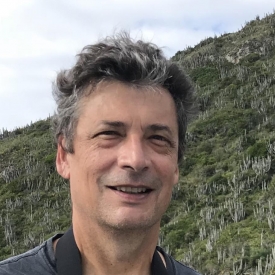Internships in the Marine Invasions Lab
Are you in college or a recent college grad who is interested in invertebrates, ecology, or introduced species? Join our lab as an intern.
The Marine Invasions lab welcomes interns at both our East Coast lab in Edgewater, MD and our West Coast lab in Tiburon, CA. Most of our intern opportunities are between April and August, but we occasionally take fall and winter interns. In order to be considered, you have to select the Marine Invasions Lab as your first choice.
Internship Openings for 2022
2022 FOULING PROJECT INTERN
BACKGROUND INFORMATION
Our research encompasses a wide range of projects, exploring the ecology and management of coastal marine ecosystems. We focus primarily on invasion dynamics but also examine species interactions of both native and non-native species. Overall, we study the patterns of marine invasions across space, time, and taxonomic groups and evaluate non-native management strategies. We seek to understand what drives those patterns, how to predict the future spread and impacts of non-native species, and how they affect species interactions, including predator-prey and host-parasite relationships.
INTERNSHIP PROJECT
or the Fouling Survey project, we conduct standardized surveys of the fouling community to document both native and introduced species in bays and estuaries. We study the diversity of fouling communities, how it changes over time, and how new species change community structure, composition and abundance. An internship with the Fouling Project will require travel to sites California, and possibly Alaska and/or Florida (adhering to COVID guidelines set forth by the Smithsonian Institution). Interns will have the opportunity to study the latitudinal trends in non-native species diversity, the methods non-native species use to disperse themselves globally, and what makes them successful locally. We anticipate that the intern will spend 25% of their time working on an independent project that is part of the larger fouling community study, 25% assisting with miscellaneous lab projects, and 50% aiding in all aspects of field surveys. Some of this internship will also be virtual, with the need to work at home.
DETAILS
This internship will be located at our San Francisco, California laboratory, and due to COVID-19 restrictions, the intern MUST be local to the area (no housing can be offered). The internship dates span mid-May/early June through late-October for a total of 16 weeks with some flexibility. Both current students and recent graduates will be considered.
HOUSING
Due to COVID-19 restrictions currently in effect, no housing can be offered. The intern MUST be local to the Tiburon, CA area.
COMPENSATION
The intern will receive a stipend of $600 dollars per week.
TO APPLY
Registration at the Smithsonian Online Academic Appointment system (SOLAA) is required. Select the Smithsonian Environmental Research Center Internship program from the drop down list of programs and submit an essay, CV or resume, academic transcript (unofficial is acceptable), and two letters of recommendation. The Marine Invasions Lab is one of many labs at SERC, and the Fouling Project is one of a few projects in the Marine Invasions Lab. If you would like to report interest in this lab and project, please do so in your essay.
FOULING COMMUNITY SURVEYS INTERN
Background Information: Our research encompasses a wide range of projects, exploring the ecology and management of coastal marine ecosystems. We focus primarily on invasion dynamics but also examine species interactions of both native and non-native species. Overall, we study the patterns of marine invasions across space, time, and taxonomic groups and evaluate non-native management strategies. We seek to understand what drives those patterns, how to predict the future spread and impacts of non-native species, and how they affect species interactions, including predator-prey and host-parasite relationships.
Internship Project: For the Fouling Survey project, we conduct standardized surveys of the fouling community to document both native and introduced species in bays and estuaries. We study the diversity of fouling communities, how it changes over time, and how new species change community structure, composition and abundance. This fall internship with the Fouling Project will be focused on data entry and specimen curation. Interns will have the opportunity to study patterns in non-native species diversity, the methods non-native species use to disperse themselves globally, and what makes them successful locally. We anticipate that the intern will spend 25% of their time working on an independent project that is part of the larger fouling community study, 25% assisting with miscellaneous lab projects, and 50% aiding in various aspects of the fouling project. Some of this internship could also be virtual, but most will be on site at our lab facilities.
Position Description and Responsibilities: This internship will be located at our Edgewater, Maryland laboratory, though a portion could be virtual. The internship dates span early Sept through late December for a total of 16 weeks with some flexibility. Due to the COVID-19 pandemic, local residents may be favored if conditions relating to travel or housing change.
Location: Edgewater, Maryland
Housing: Currently dorm availability on campus is closed, though is expected to reopen this Fall.
Compensation: The intern will receive a stipend of $600 dollars per week.
To Apply: Please submit a cover letter stating why you are applying to the internship, a CV or resume, academic transcript (unofficial is acceptable), and contact information for two references to falsonel@si.edu.
Deadline: For full consideration, please submit your application no later than July 29, 2021
Our project and intern needs change annually. Interns have participated in these projects.
LARGE-SCALE SURVEYS OF FOULING, ZOOPLANKTON AND SOFT SEDIMENT BENTHIC HABITATS
We conduct invertebrate surveys in marine and estuarine ecosystems to learn about the occurrence, distribution, and diversity of non-native species in North and Central America. We are detecting new invasions, tracking changes in the community, and assessing the effectiveness of regulatory strategies aimed at reducing invasions.
MUD CRABS AND BODY-SNATCHING PARASITES
This project evaluates the long term interactions between host and parasite including adaptation and resistance throughout the entire range of the mud crabs. The hosts are two species of mud Crab (Rhithropanopeus harrisii and Eurypanopeus depressus), the parasite is Loxothylacus panopaei.
NEARSHORE ECOLOGY OF THE RHODE RIVER
The Nearshore Survey is a long-term research study (1991-present) examining the interactions between native grass shrimps (Palaemon pugio, P. mundonovus, and P. vulgaris) and their common predators in the Rhode River. Research is carried out at multiple locations within each of two sites in the Rhode River (Canning House Bay and Fox Point) every summer from June through August, using three methods: seining, dip-net sweeps and tethering.
Top five reasons to select the Marine Invasions Lab as your first choice.
1) Our research topics are – exciting, diverse, strange, important, far reaching, large-scale…
From beautiful invertebrates to strange parasites - we’ve got it all. Would you like to work with grass shrimp and see what fishes are eating them? How about searching for zombie crabs? Ever look under a boat or a dock to see what species are living there? Ever wonder what species are moving around on floating trash in the ocean?
We’re the largest lab at SERC, so our interns have the chance to participate in multiple projects. There are numerous short-term projects that change from year to year, but we also have many long-term and large scale projects that form the foundation of our program. Each year brings a new opportunity for discovery in the field of invasions ecology. Scroll down to learn about some of the projects our interns have been involved in.
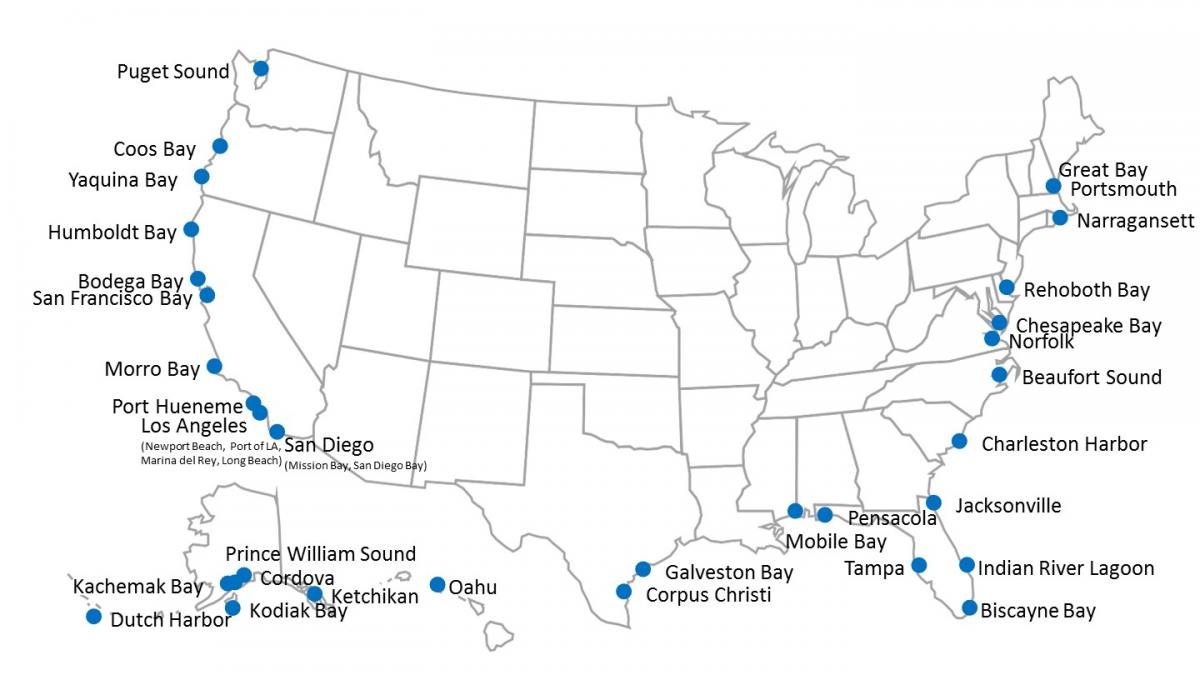
2) The potential for travel
Some of our interns get to travel! For example, our fouling team travels to about three different locations each year, and the intern selected for this program usually travels along with us. All of our interns will have some opportunity to visit different research sites in the Chesapeake or San Francisco Bay regions. One lucky intern even traveled to Panama with us.
“During my internship, which was based in California, I got the chance to travel all over the West Coast of the US. As an easterner I was thrilled. I saw the Pacific North West in Oregon, traveled to sunny Santa Monica, lived in and biked all over San Francisco, and even flew to Panama to see dozens of different animals I had never seen before, including swimming much too close to a Man-o-war." – Katy Newcomer, former intern, current staff
3) The chance to work California.
The Marine Invasions Lab has a satellite lab in Tiburon, CA, right on San Francisco Bay. If you want to work on the West Coast, this is the lab for you. Our California lab generally takes two to four interns between June and October, but occasionally at other times of year. California interns work on diverse projects, mostly in the San Francisco Bay area, especially focused on fouling communities and native oysters.
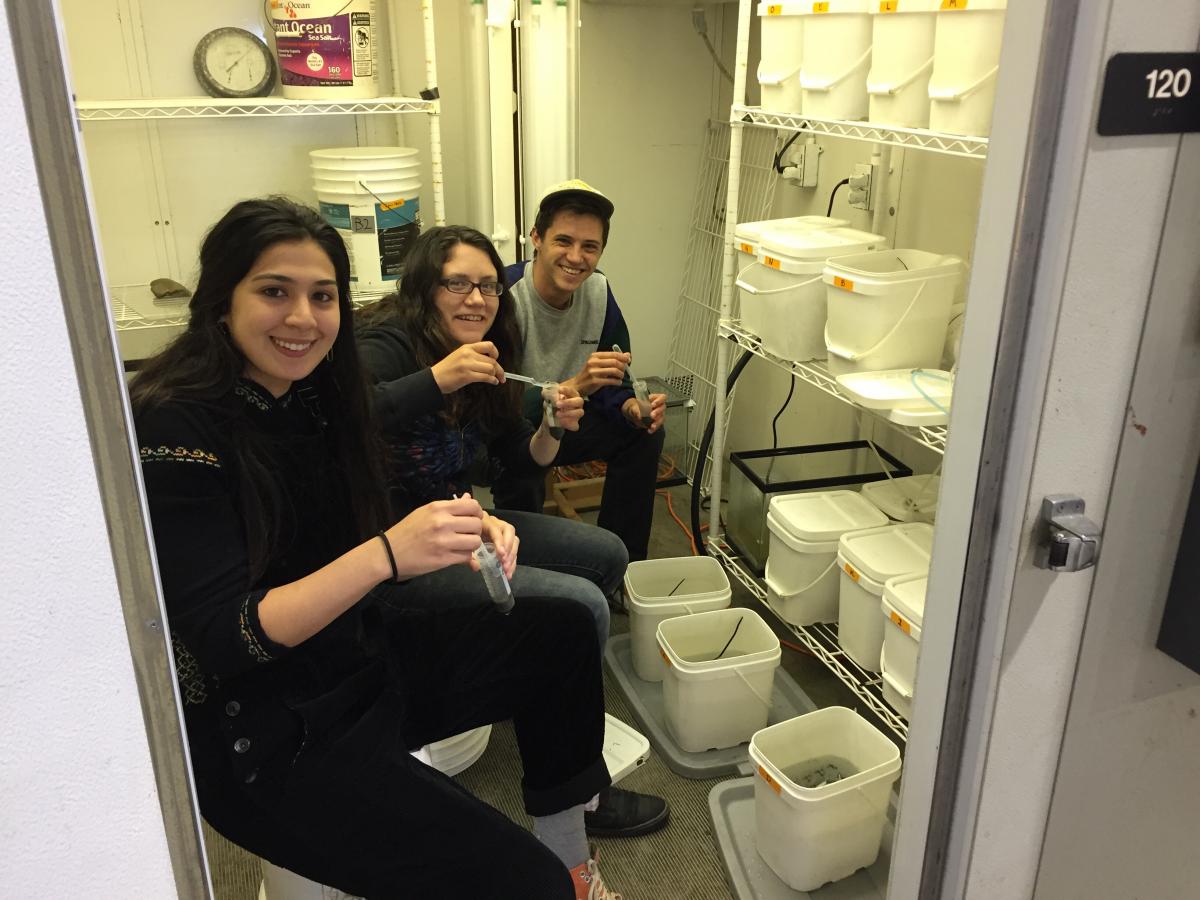
4) Independent Research
We believe conducting independent research is one of the most beneficial parts of the SERC internship. Sometimes we provide a specific research question, sometimes interns come up with their own project ideas, but they are always heavily involved in the design and execution of these projects. Some projects have even produced publications!
5) It’s a place for people with big dreams
Many of our former interns have left our lab armed with the confidence to apply (and be accepted) to a graduate program, or to take a full time position in the marine ecology world. Several full-time staff at SERC started out as interns. And everyone has made life-long friendships and professional connections.
Next Steps
- All internships for SERC are processed through the Smithsonian’s internships and fellowships portal (SOLAA). Please follow the directions on the application process: here
- Please select the Smithsonian Environmental Research Center and select the Marine Invasions Lab as your top choice (or one of your three top choices).
- If a specific project or scientist mentioned here has interested you, please mention it directly in your Internship Statement.
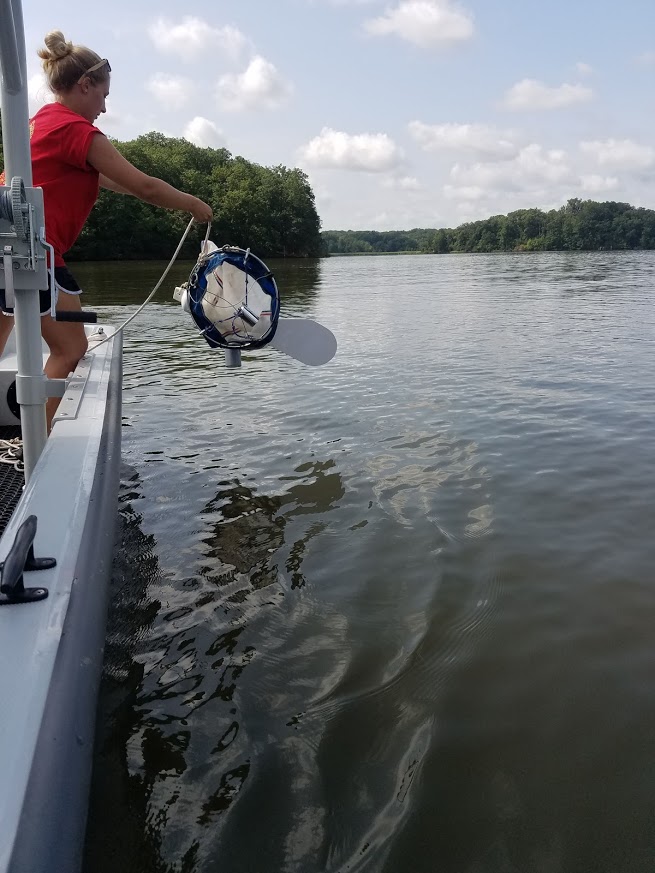
This is 2018 intern Kara Ogburn from Crownsville, MD conducting a survey of larval mud crabs and grass shrimp in the Rhode River. She participated in nearly every aspect of the mud crab project including filed surveys, lab analysis, training volunteers, data entry and some data analysis.
"After three years working in the invasions lab as a volunteer, I jumped at the chance to intern for this lab. It is a wonderful environment and a welcoming atmosphere. This internship allowed me to experience field operations, lab work and organizing data in an office setting. I gained more responsibilities and was able to see first hand, all of the aspects of running a research study. This was by far the most beneficial experience as I pursue a career in this field. "
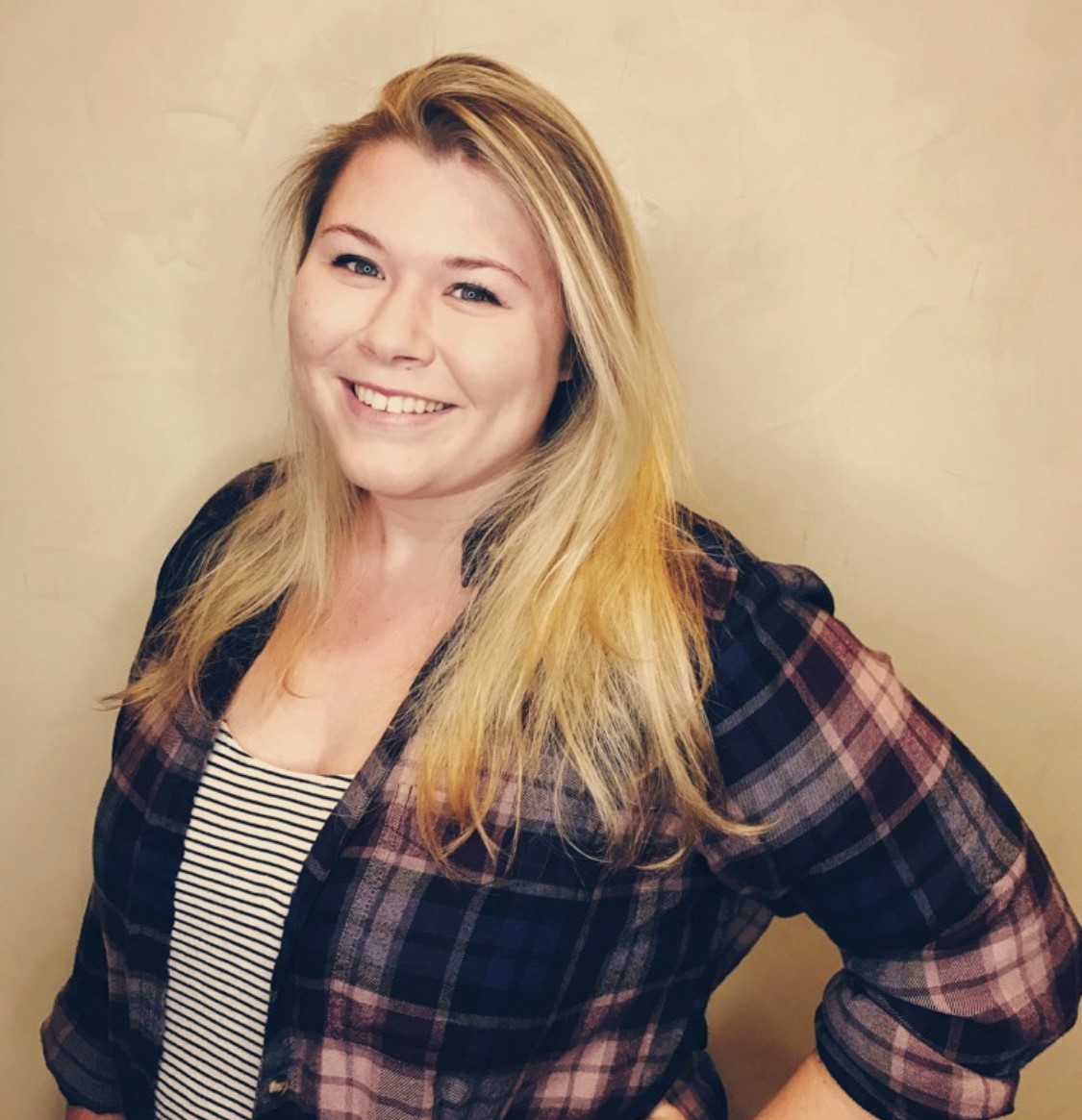
This is 2016 intern Nancy Sealover from Rockville, MD, who worked towards extracting DNA from invertebrates collected from the hulls and submerged surfaces of ships in U.S. ports. She used these DNA samples to contribute to characterizing the composition and diversity of biofouling species in the efforts to also identify potential invasive species. She additionally participated in field work the Invasions Lab was conducting in the Chesapeake Bay and on the Eastern Shore.
"I came to SERC after graduating from the University of Maryland and my goal was to gain as much experience in molecular techniques and experimental design as possible. Katrina and Ian in the Invasions Lab gave me so much insight into how to approach molecular and field work and gave me the independence in their projects to really grow as a researcher. I currently work in a fast-paced molecular biology lab and I have no doubt that my experiences with the Invasions Lab are the reason I got this job and what made me so prepared for it. I have unending gratitude to the Invasions Lab for their patience and dedication to mentoring me and would highly recommend working in the Invasions Lab to any future interns."
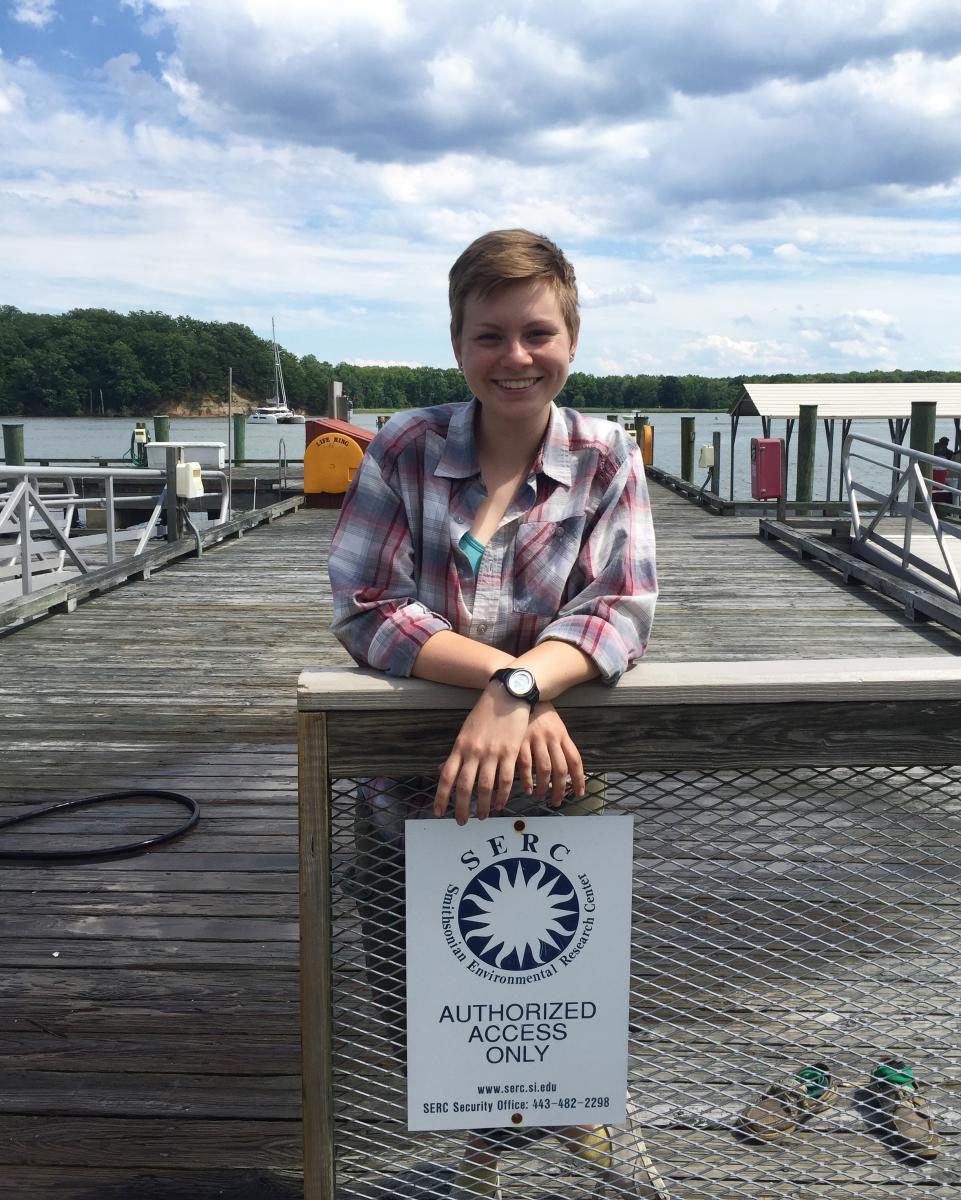
This is 2017 intern Kaitlyn Clark from Rocklin, CA, who worked to determine the role of propagule pressure—the supply of larvae and the timing of their arrival—in the settlement and survival of eastern oysters. She was involved in all aspects of the two experiments conducted during the summer, including preparing fieldwork gear, monitoring the oysters as they grew, collecting and entering data, and running analyses.
"Working in the Invasions Lab at SERC was a truly amazing experience. Everyone I worked with was incredibly supportive and patient, and the hands-on experience in conducting research was invaluable. I had opportunities to both dive deeply into my own research responsibilities and explore a wide range of topics by volunteering with other projects. The internship also provided numerous opportunities to explore career options and talk with researchers and professionals about their career paths. I am so grateful for the experience and confidence conducting research that I gained during this internship."

